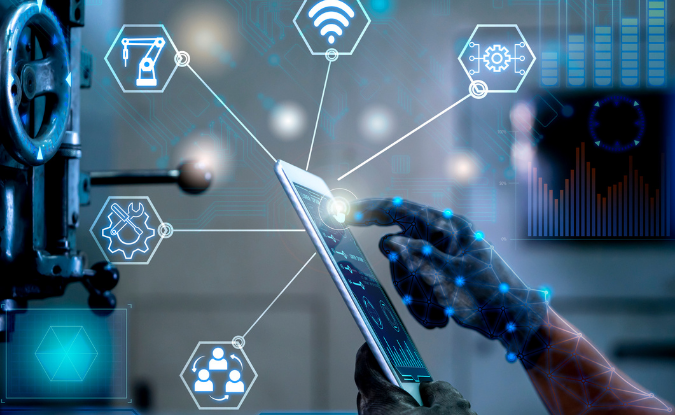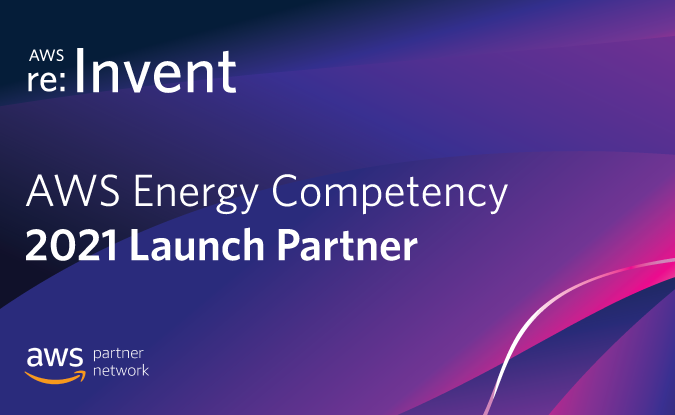Industrial workforces are undergoing major, rapid changes. There are two competing pressures at play forcing these changes: widespread digitalization that leverages new technologies like Industrial AI, and a growing wave of retiring veteran employees. Both of these trends have created the opportunity for a new kind of role in the process engineering and industrial sector to emerge: the Industrial Data Scientist. Bridging the gap between traditional data scientists and domain experts, Industrial Data Scientists bring a new perspective to process engineering data management practices.
To get a better insight into the minds and work of Industrial Data Scientists, we went to one of our very own Industrial Data Scientists – Heiko Claussen, AspenTech’s SVP of Artificial Intelligence, for an inside perspective on the journey of Industrial Data Scientists and what their role can bring to the table for today’s process engineering and manufacturing businesses.
What is the typical “day to day” routine for an Industrial Data Scientist? Is there even a typical routine at all?
It really varies, both depending on the business and the Industrial Data Scientist themselves. There are different flavors of Industrial Data Scientists – some are like domain experts, others are more like researchers, and others may be closer to the data science and coding side. It’s not a binary black-and-white of who is or isn’t an Industrial Data Scientist; it’s a broader landscape. There are certain things that Industrial Data Scientists are always doing – staying up to date on daily workflows and collaborating closely with product management or customers. Continuous learning is a big piece of an Industrial Data Scientist’s work, too – reading research papers and brushing up on what’s new in their space. In that sense, part of their routine is just to keep track of what’s always changing.
How do Industrial Data Scientists work with traditional data scientists? Are the two completely separate from each other or is there any overlap?
Industrial Data Scientists are domain experts at heart, with strong technical backgrounds and an understanding of critical technologies like machine learning algorithms and Industrial IoT assets. Their focus is predominantly on their own domain, their corner of the business. Traditional data scientists, on the other hand, are more focused on improving toolchains and algorithms across the plant, regardless of specific domain applications. They operate in different corners of the organization, but there is a lot of natural collaboration, too. Industrial Data Scientists leverage the input of traditional data scientists to enact features that help maximize scalability or business impact. One side naturally helps the other, but it does require leadership to help along that collaboration.
What are some of the main hurdles you’ve seen that can hinder Industrial Data Scientists’ work?
Like I mentioned earlier, the landscapes are always different – every company is different, every Industrial Data Scientist’s role or journey is a little different from another. But there are a couple general ones I’ve seen recur several times. One of the biggest is custom toolchains. Toolchains need to be reusable and flexible; when they’re customized to specific purposes, they can’t be automated for broader data cleaning, which slows down the work and drives inefficiency.
Another big hurdle is more structural: how and where data scientists, both traditional and Industrial, are used. Different data scientists have different areas of expertise. If pure data scientists are deployed to a space that requires domain expertise, that means they need to collaborate with domain experts to do their work. But the domain experts have their own jobs, which means they have limited bandwidth for collaborating with data scientists. This also slows down the work. Both issues start with, and are solvable by, leadership. Leadership must make sure they’ve cultivated the right environments for data scientists and Industrial Data Scientists to collaborate and help each other, to maximize efficiency and scalability for everyone.
How do Industrial AI and the AIoT factor into the Industrial Data Scientist’s job?
They’re intertwined. The goal of the Industrial Data Scientist is to create scalable solutions that utilize the cloud and real-time data at the edge. That combination of domain expertise and industrial data is needed to sustain models for maximum business impact. Industrial AI applications and AIoT are key ingredients to accomplishing that.
How do you see the Industrial Data Scientist’s role evolving? And how will that evolution also help to evolve their businesses, too?
As Industrial Data Scientists become more prominent in our industry, they are going to naturally have more touchpoints across different, mission-critical technologies within the business. For example, digital twins, first principles, tool chain optimization that runs from sensors to the edge, automated operations, Industrial AI applications and MLOps. Combining contextual information from different data sources to run what-if scenarios, yielding more precise real-time insights. These are all functions that Industrial Data Scientists can serve or technologies they can leverage, to help drive new efficiencies for their business. Those efficiencies also open the business to new markets that had previously been cost prohibitive because of all the inefficiencies that we’re currently working against.
You mentioned earlier that some of the bigger structural hurdles facing Industrial Data Scientists are issues that can only be solved by leadership. How can leaders best set up their Industrial Data Scientists for success – and how should that success be measured?
It’s important to facilitate collaboration – not just between data scientists and Industrial Data Scientists, but with product managers and customers, too. Leadership needs to cultivate an environment that allows that. Business leaders also need to look at streamlining toolchains, so that data scientists aren’t having to create custom toolchains from scratch every time. There needs to be an emphasis on a strategic approach to industrial data management. Data is the memory of an organization; it’s what enables research and automation. Leadership needs to shift gears from the old days of mass data collection to a more thoughtful data management strategy. The more leadership can streamline the processes and workflows that Industrial Data Scientists work through, the easier it is to transform their outputs into tangible business and customer value.
That’s really how you measure the success of an Industrial Data Scientist, too: maximizing customer value, and how that value is dependent on data scientist contributions. Look at areas of the business where there’s a heavy focus on research and innovation. How many ideas are being created or validated? How fast are those ideas validated? How much interest do they create for customers? How many of these ideas go on to become products or product roadmaps? From there, you can track measurements like usage, impact, customer feedback – that all informs the value you’re creating, and ultimately the role that Industrial Data Scientists play in successfully creating customer value.
Thanks for your time, Heiko!
Want to learn more about Industrial Data Scientists? View our Rise of the Industrial Data Scientist webinar on-demand, for a roundtable discussion on how industrial data scientists can help improve your enterprise, including: how industrial data is used in key industries; the role that industrial data scientists can play within your organization; and how to hire an industrial data scientist for your team.




Leave A Comment